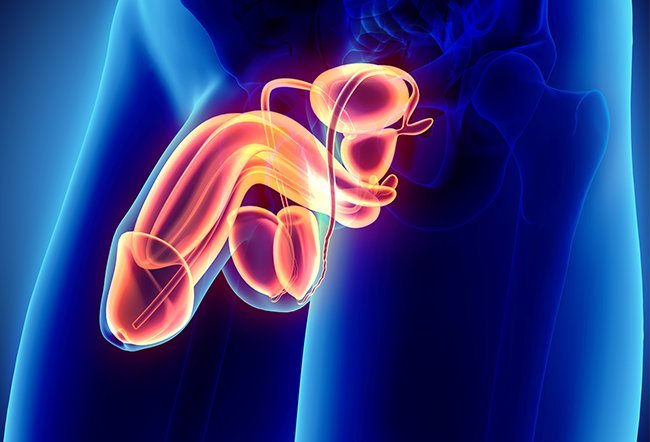
Vasovasostomy or vasectomy reversal is an effective procedure with high success rates. Learn about risks involved and how the surgery is performed
Due to advancements in microsurgical techniques, vasovasostomy procedures are very effective, with 80%-90% of patients having sperm present in the semen.
Sperm may start appearing in the semen a few weeks after the procedure. However, the chances of getting your partner pregnant depend on factors such as:
- Sperm quality and quantity
- Age of your female partner
- Time between vasectomy and vasovasostomy
- Expertise of your surgeon
If the procedure is not successful and you and your partner are trying to conceive, your doctor may suggest in vitro fertilization.
What is a vasovasostomy?
Vasovasostomy is a surgery that is designed to remove an obstruction in the male genital tract, often caused by either a vasectomy or surgery in the pelvic or inguinal region.
Often referred to as a vasectomy reversal, the procedure involves the fusion or anastomosis of segments of vas deferens above and below the obstruction or blockage. The vas deferens is a tube-like structure in the male reproductive system that transports sperm to the urethra for ejaculation.
Another surgical procedure to relieve obstruction in the male genital tract is called vasoepididymostomy. The procedure is performed to relieve an obstruction in the epididymis, which is a tightly coiled tube in the male reproductive tract where maturation and storage of sperm occurs. Vasoepididymostomy involves joining or anastomosis of the epididymis and the vas deferens.
In some cases, both vasovasostomy and vasoepididymostomy may be required. Vasoepididymostomy generally gives patency rates of 58%-85% and pregnancy rates of 11%-56%.
What are the risks of vasovasostomy?
Risks of vasovasostomy may include:
- Bleeding
- Hematoma formation (collection of blood in the tissues)
- Infection
- Testicular atrophy (shrinking of the testicles)
- Persistent pain
- Failure to relieve the obstruction (due to factors such as scarring or stenosis at the vasovasostomy site)
How is a vasovasostomy performed?
Vasovasostomy is generally done as an outpatient procedure. The surgery may be performed under local, regional, or general anesthesia and may take about 3-4 hours to complete.
Your doctor will conduct a physical examination and take a detailed medical history before the procedure. You may be advised as to whether you should stop taking any medications, foods or fluids before the procedure.
During a vasovasostomy, the following steps occur:
- The area is cleaned with an antiseptic solution.
- The surgeon makes a small incision in the scrotum and identifies the vas deferens.
- They look for the site of blockage and remove it.
- The two cut ends of the vas deferens are then aligned and sewn together under a surgical microscope.
- The surgeon may look for additional sites of blockage, such as in the epididymis, and treat them as needed.
- The vas deferens is then placed back into the scrotum and the incision is stitched.
- A sterile bandage is applied.
Your doctor may ask you to wear tight-fitting undergarments and apply ice at the site for the next 24-48 hours. They may ask you to avoid strenuous physical activity for a few days after the procedure.

SLIDESHOW
Sex-Drive Killers: The Causes of Low Libido See Slideshow
Medically Reviewed on 5/9/2022
References
Namekawa T, Imamoto T, Kato M, Komiya A, Ichikawa T. Vasovasostomy and vasoepididymostomy: Review of the procedures, outcomes, and predictors of patency and pregnancy over the last decade. Reprod Med Biol. 2018;17(4):343-355. https://www.ncbi.nlm.nih.gov/pmc/articles/PMC6194271/
Meier K. Vasovasostomy and Vasoepididymostomy. Medscape. https://emedicine.medscape.com/article/452831-overview
Yale Medicine. Vasectomy Reversal (Vasovasostomy). https://www.yalemedicine.org/conditions/vasectomy-reversal-vasovasostomy